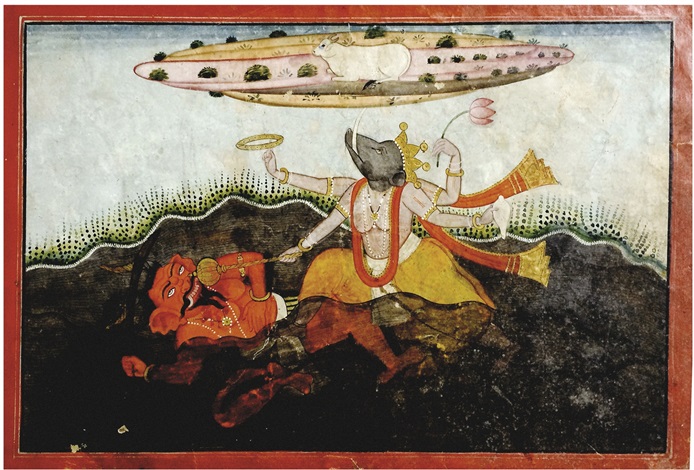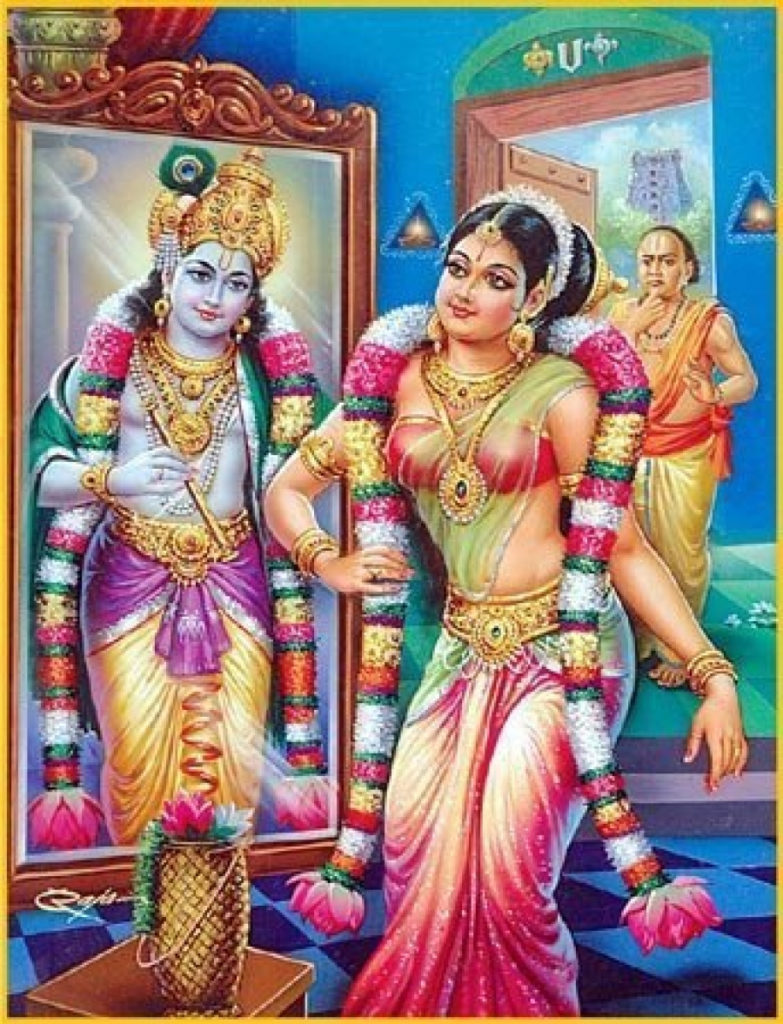Varaha Kshetram The Seven Hills of Tirumala in total is being called ‘Varaha Kshetram‘. Sri Venkateswara Swami and Sri Varaha Swami temples are located here. Having the first darshan of Lord Varaha Swami, the darshan of Sri Venkateswara Swami later by the devotees has been a practice for several years and is the specialty of Read More
Tag: Chakra Snanam
‘Chakra Snanam’ is observed on the 10th day of Brahmothsavam. To have the sacred bath under Sravana Nakshatra which happens to be the Birth Star of Lord Venkateswara, Malayappa Swamy reaches Varaha Swamy temple premises with His two Consorts.
Dhanurmasam At Tirumala
Dhanurmasam ‘Dhanurmasa’ is considered as highly auspicious for the devotees of Lord Vishnu. The beginning of Dhanurmasa is marked by the transit of the Sun into ‘Dhanur ’ rasi. This is also called ‘Dhanus Sankramana’. According to Sanatana Dharma, Devas wake up early in the morning during this month. They perform special prayers to Sri Read More


